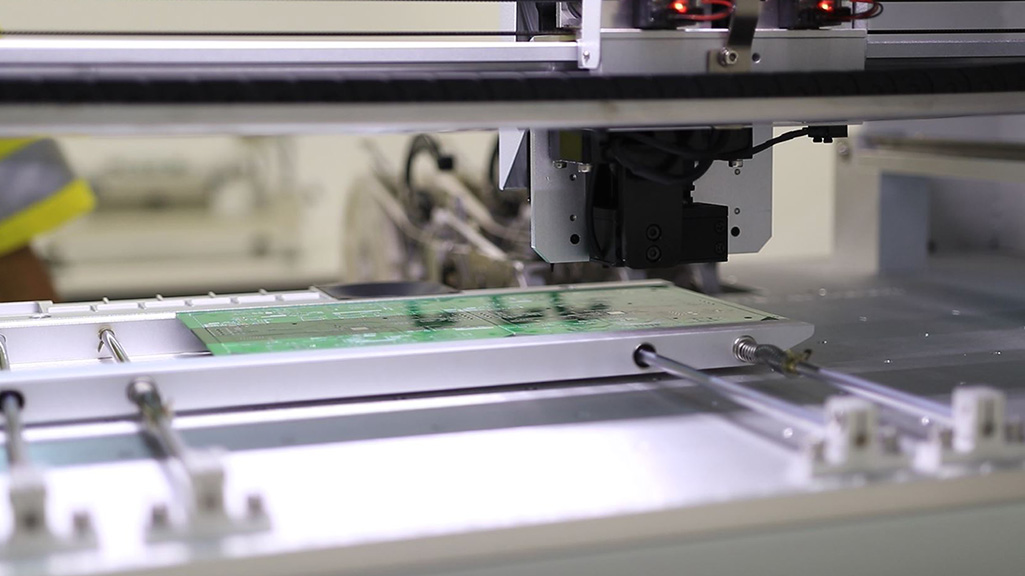While it is not uncommon to find shelter-in-place or safe haven locations designated across chemical facilities, what varies is the level of protection offered at these sites.
Functionality can range from merely a muster point (shelter-in-place) to a positively pressurised room (safe haven). Either way, when determining the room’s acceptable performance criteria, the industry generally applies ERPG-3 or a vulnerability factor. An acceptable vulnerability factor has often deemed the probability of a fatality is less than one per cent.
In 2017, MineARC Systems and High Performance Building Solutions (HPBS) began working with a leading energy company to convert five shelter-in-place (SIP) spaces to safe havens, which included additional life support systems that would ensure zero per cent vulnerability. The objective of this paper is to examine the process to harden the space against contaminated air intrusion and what critical life support systems are essential for converting a shelter-in-place location to a safe haven.
Shelter-in-Place Conversion
Enter your details to download the complete white paper, ‘Converting Shelter-in-Place locations to Zero Vulnerability Safe Havens’
Analysing Zero Vulnerability Transformation
Converting Shelter-in-Place locations to Zero Vulnerability Safe Havens: White Paper Preview
Emergency shelter-in-place (SIP) forms an integral part of any plant’s broader emergency response plan. Explosions, fires, and the release of smoke or other toxic gases are some of the types of incidents that can occur despite high levels of planning and safety precautions.
Numerous government agencies and other organizations recommend shelter-in-place as a measure to reduce harm in the event of a chemical release. Any building may be used as a temporary measure to reduce health risk from exposure to toxic materials by simply closing windows and doors and turning off ventilation fans and air conditioning/heating systems.
Three factors govern the effectiveness of a SIP location:
- the tightness of the building or leakage rate,
- the concentration of the toxic gas, and
- the release duration.
The tightness of the building is primarily based on building construction; however, temperature differential and wind speed also play a factor. Identification of the maximum toxic concentration occurs during a Facility Siting Study (FSS). FSSs are a hazard analysis that defines Maximum Credible Event (MCE) scenarios using a consequence-based approach to produce a quantitative risk assessment. Determining potential consequences is a necessary step in the process of developing a comprehensive safety plan. The FSS determines the expected release duration based on stored inventories of toxic materials. The higher the toxic concentration and longer the release duration, the less effective sheltering in place becomes.
While occupants may feel safe sheltering-in-place from the external toxic hazard, typical buildings have high leakage rates. A typical wood-framed constructed building can have 3-5 air changes per hour (ACH50), rendering it ineffective against most chemical releases. Additionally, sealing to an acceptable airtightness can be time-consuming and expensive and even with professional air sealing it is very difficult to air seal existing structures to an acceptable tightness. A case study for the conversion of five shelter-in-place spaces to zero per cent vulnerability safe havens is presented. There are considerations for effectively sealing existing infrastructure and ensuring positive pressure to ensure contaminants do not infiltrate safe haven locations along with the critical element of life support.
The critical elements of life support that are of primary importance to human survival in a safe haven are:
- Positive pressure
- Breathable air supply
- Supplemental oxygen
- Removal of accumulated carbon dioxide
- Temperature control and dehumidifying
Download the full white paper to continue reading.






